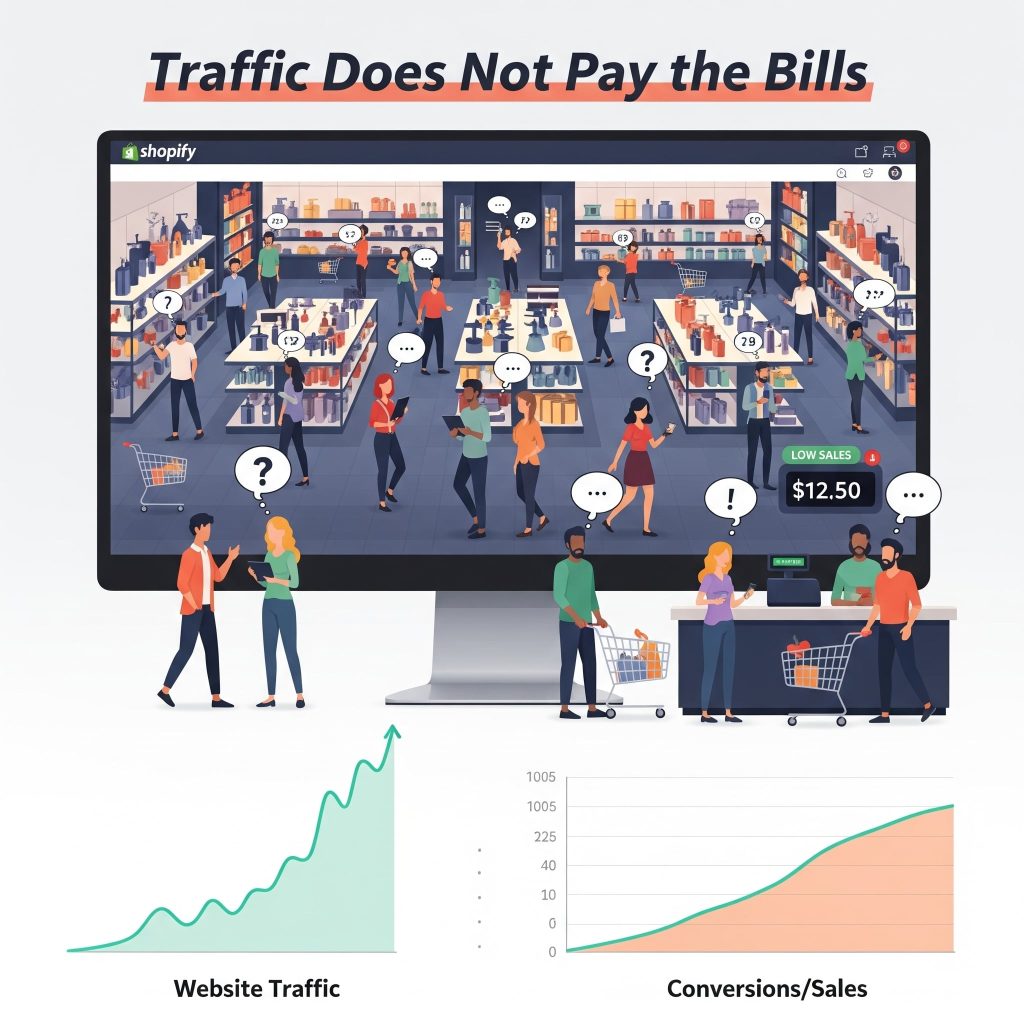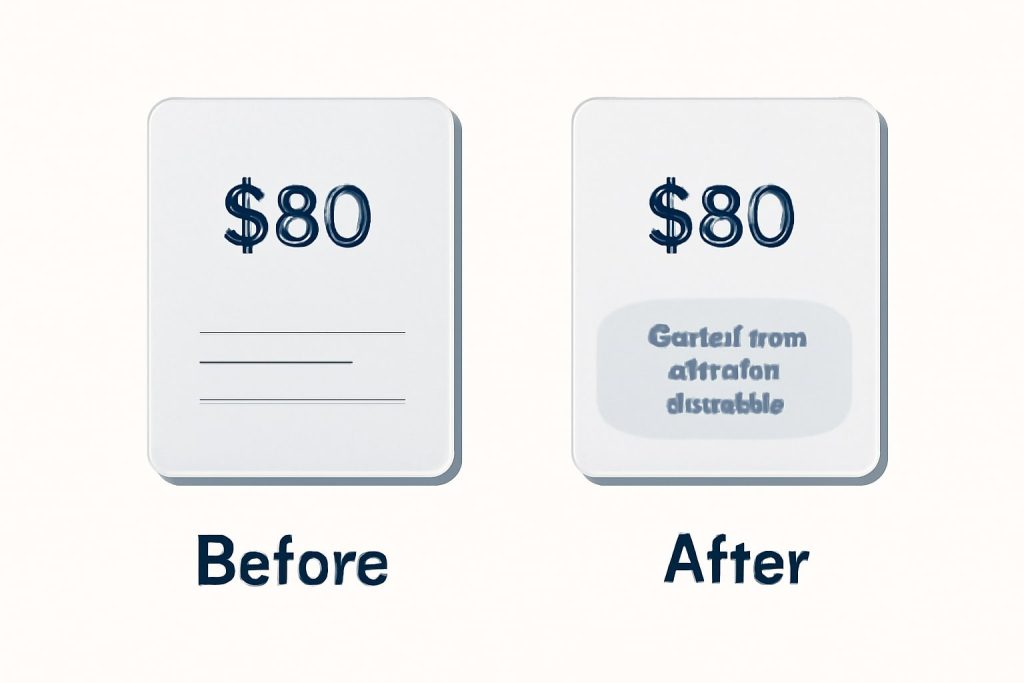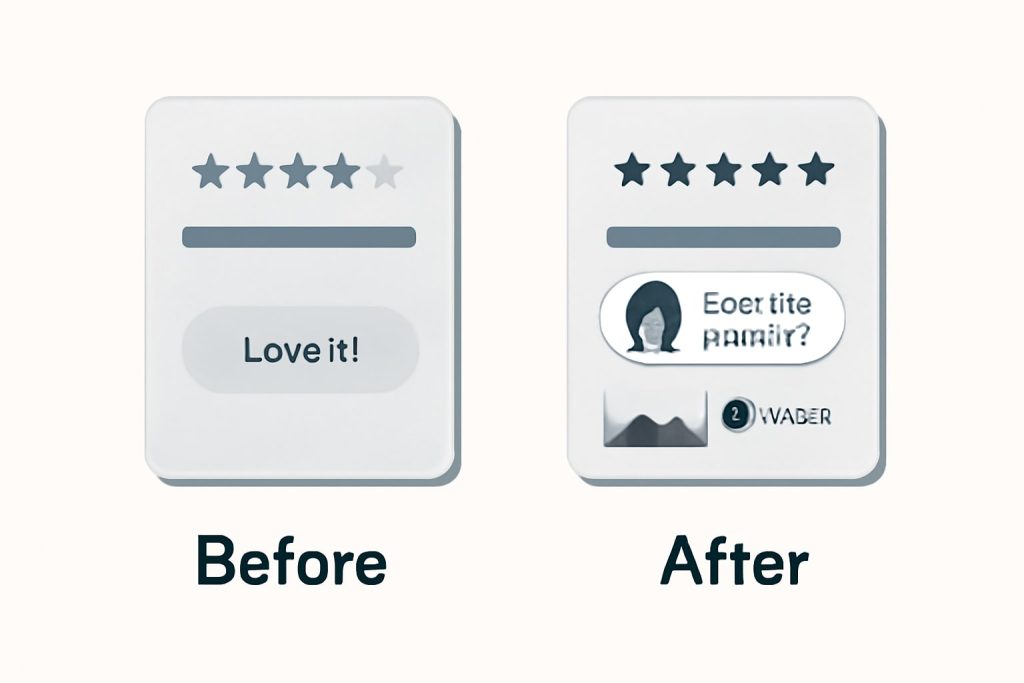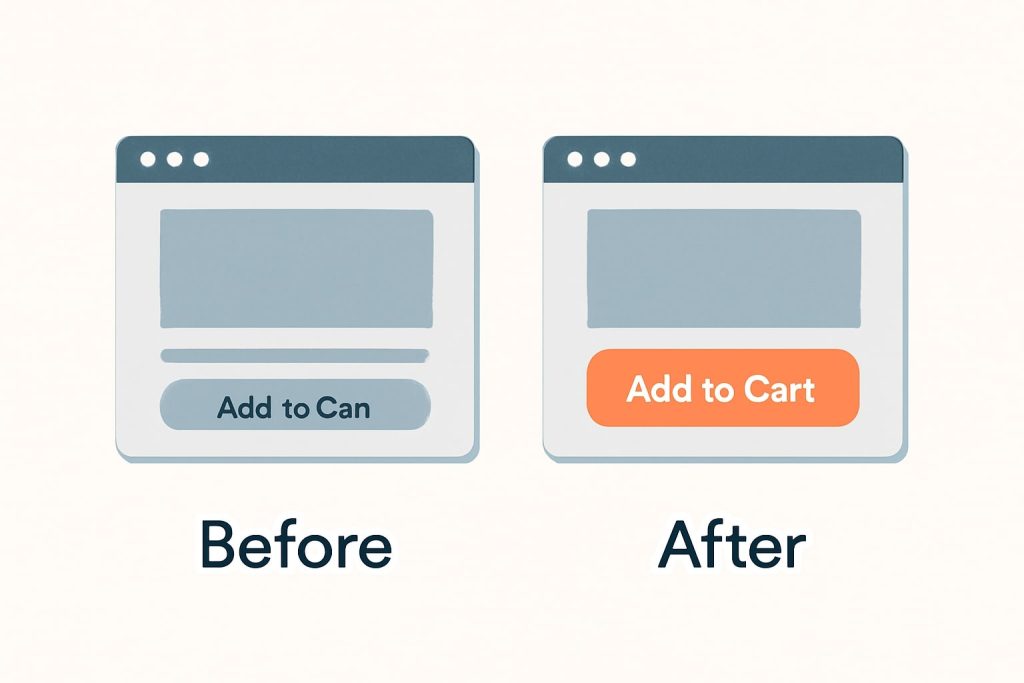TL;DR
If your Shopify product page isn’t converting, it’s rarely about traffic. It’s about missed persuasion triggers like weak product images, copy that lists features instead of benefits, no social proof, unclear value for the price, slow load times, and poor calls-to-action (CTAs). Fix these, and you can turn visitors into paying customers fast.
Traffic Does Not Pay the Bills
You are getting traffic. Ads are running. SEO is bringing in visitors. People are clicking on your store.
But sales are not matching the numbers you see in your analytics.

In my work with Shopify brands in fashion, beauty, home goods and niche hobbies, I have seen the same pattern over and over. Most lost sales happen because the product page does not convince the visitor to buy.
Think about what happens from a shopper’s point of view. They saw something that caught their interest enough to click. They landed on your page, curious and ready to consider buying. If that moment is wasted because your page is missing key persuasion and trust elements, they leave and often end up buying from someone else.
The upside is that the fixes are often small but powerful. Across 100+ Shopify stores I’ve reviewed, over 90% of lost sales happen here because the page fails to convince, reassure, and guide the buyer.
Here is why your Shopify product page is not converting and what to do about it.
1. Your Product Images Aren’t Selling the Product

93% of shoppers say visuals are the #1 deciding factor (Justuno).
If you’re showing only one or two static images, you’re leaving money on the table. Shoppers want to see the product in context, up close, and from multiple angles.
Before: One flat-lay image.
After: 8+ images showing lifestyle use, close-ups, and scale — result: +31% conversions in 3 weeks.
Fix Checklist:
- 5–8 high-quality images per product
- Lifestyle, close-up, and size reference shots
- Short demo video (even phone-shot is fine)
- Optimized file sizes for faster loading
2. Your Copy Lists Features, Not Benefits

Stat: Benefits-driven copy converts up to 60% more than feature lists (CXL Institute).
Shopify merchants often paste manufacturer descriptions. Big mistake. Shoppers don’t care about “high-grade steel” — they care that it won’t bend or break even under your heaviest lift.
Fix Checklist:
- Translate every feature into a benefit
- Use clear, conversational language
- Keep paragraphs short for mobile
- Make it about them, not you
3. You Have Weak or No Social Proof

Stat: 79% of shoppers trust online reviews as much as personal recommendations (BrightLocal).
If you hide reviews or only show generic ones (“Love it!”), you lose trust instantly.
Fix Checklist:
- Star ratings near title & price
- Customer photos/videos in reviews
- “Verified purchase” badges
- Authentic mix of positive & constructive reviews
4. Your Price Doesn’t Match the Perceived Value

Price objections drop by 80% when value is clear (HubSpot).
If you just list a price, shoppers will compare you to the cheapest option. Instead, justify your price.
Fix Checklist:
- Tell the story behind the product
- Highlight craftsmanship, materials, sourcing
- Compare to inferior alternatives
- Use icons for quick USPs
5. Your Page Loads Too Slowly

Stat: Each extra second of load time cuts conversions by 7% (Akamai).
Shopify stores often bloat pages with oversized images and too many apps.
Fix Checklist:
- Compress images (TinyPNG, Crush.pics)
- Remove unused apps/scripts
- Aim for <3s load time (Google PageSpeed Insights)
6. Your CTA Isn’t Clear or Urgent

Stat: Moving a CTA above the fold increased conversions by 18% for one client.
If your “Add to Cart” blends in, sits below the fold, or lacks urgency, you’re losing easy sales.
Fix Checklist:
- High-contrast, bold button colour
- Sticky button on mobile
- Add urgency: “Order in the next 3 hrs for free shipping today”
- Test different CTA copy
Final Word: Your Product Page is Your 24/7 Salesperson
A high-converting Shopify product page:
✔ Shows value instantly
✔ Answers objections
✔ Makes the next step obvious
If you focus on these six conversion levers — images, copy, social proof, value, speed, and CTA — you can turn your product page into a revenue engine.
Pingback: Product Website Examples with High Conversions -